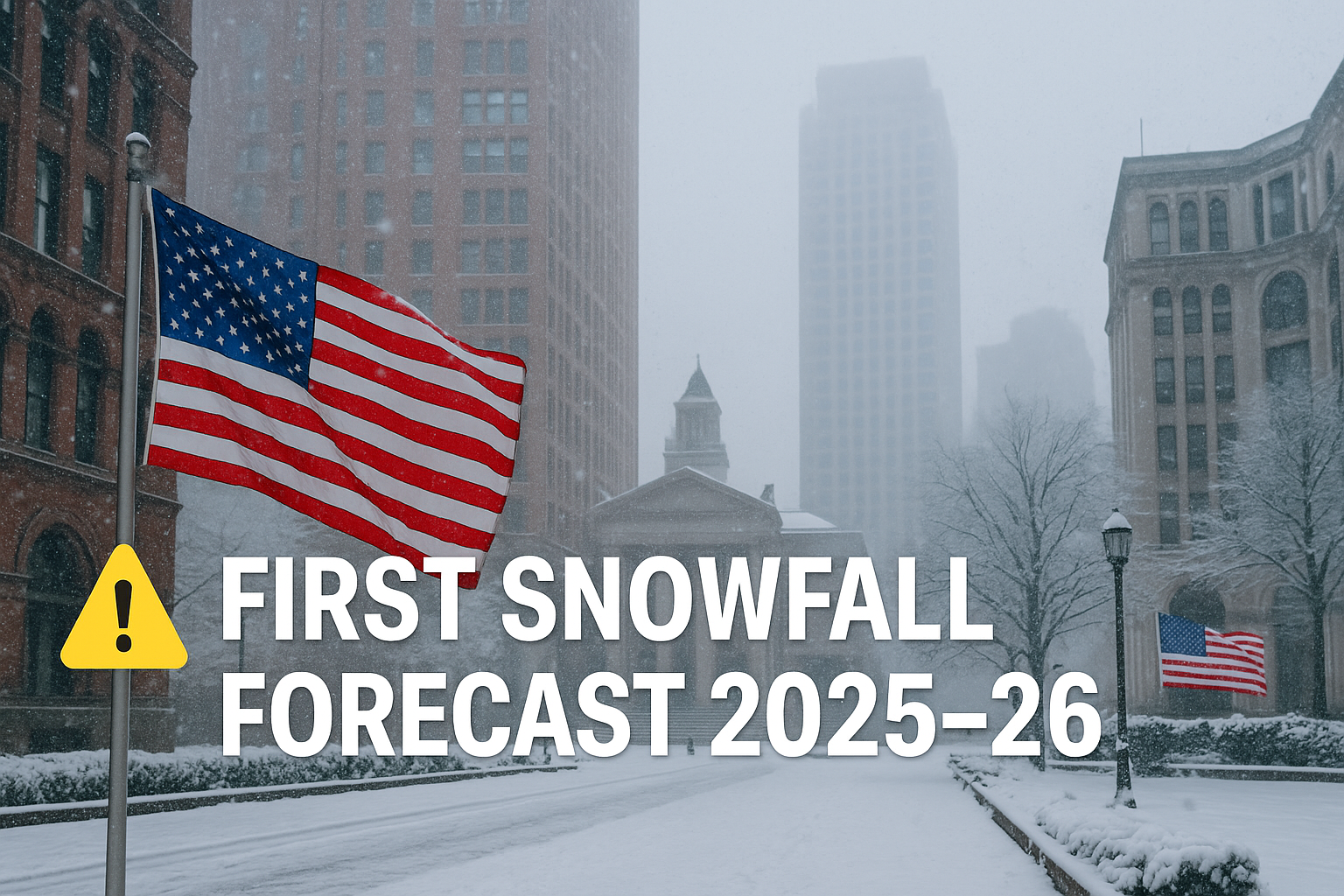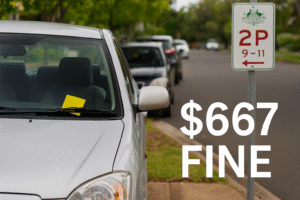Winter is coming — and for many, that means eagerly looking forward to that first snowfall of the season. Based on the latest forecast from Direct Weather for 2025-2026, here’s where, when, and how snow will likely make its first appearances nationwide.
What the Forecast Says
- Higher-elevation areas (mountains, alpine zones) are likely to see snow as early as September or October.
- The plains and lower elevation regions should expect their first snowfall typically between November and December.
- Much of the Southeastern U.S. may not see measurable snow until late December or even January, though light snow flurries are possible earlier under certain conditions.
- The Northeast and Great Lakes are among the regions where early dustings (October to early November) look more likely, especially in elevated or lake-effect zones.
The forecast also considers seasonal temperature outlooks, which point to more active early fall chill in the East, while the West might linger in autumn warmth a bit longer.
What’s Influencing the Snow Timing
- Elevation & Terrain: Mountainous areas almost always get hit first—cold nights, high terrain, lower temperatures.
- Geographic Patterns: Lake effect, cold air masses, and elevation combine to bring earlier snow in the Great Lakes, Northeast, and Rocky Mountain regions.
- Seasonal Outlooks: Long-range weather models suggest a pattern that favors early cold outbreaks in parts of the country, especially in the North.
Regions to Watch
Here’s a general guide by region for when to expect first snow:
| Region | Typical First Snowfall | What’s Expected in 2025-26 |
|---|---|---|
| Rocky Mountains / High-Elevation West | September – October | Early snow likely in many peaks |
| Great Lakes / Northeast | October – November | Some early dustings, lake effect snow possible |
| Plains / Midwestern States | November – December | Snow later in the fall in most areas |
| Southeast / Deep South | December – January | Rare snow before that, but flurries possible in odd years |
| Pacific Northwest | November – December | Mixed rain & snow at higher altitudes early on |
What Could Change the Forecast
- Jet Stream Patterns: A shift in the polar jet can bring cold air sooner or delay it.
- ENSO (El Niño / La Niña / Neutral) patterns are always wildcard influences. If La Niña (or a colder Pacific pattern) gains strength, early snow chances increase in northern regions.
- Local Weather Anomalies – Even in a mild overall forecast, specific storms or cold snaps can bring early snow to places that usually wait longer.
Frequently Asked Questions (FAQ)
Will the first snow mean the start of winter?
Not always. The first snow is usually symbolic; major snowstorms or sustained winter weather often follow later.
Does elevation make a big difference?
Yes. Mountain peaks see snow much earlier; valleys and lowlands may not see measurable snow until weeks or months later.
Can the forecast be wrong?
Absolutely. Snowfall is sensitive to many variables. Local weather conditions can shift the timing by days or weeks in either direction.
Should I plan winter travel earlier this year?
If you live in or travel to mountainous or lake-effect regions, it’s wise to be prepared earlier than usual (October–November). Pack winter gear, chains, etc.
Will snow timing affect winter sports?
Yes. Ski resorts and mountain towns will watch this forecast closely. Earlier snow means potential for longer seasons but also more variability in snow quality.
Key Takeaway
The 2025-2026 first snowfall forecast shows that mountains and northern regions should expect snow earlier than many others, with lowland and southern areas waiting a bit longer. If you live in a forecasted early-snow zone, get ready — the flakes might start flying sooner than you think.




